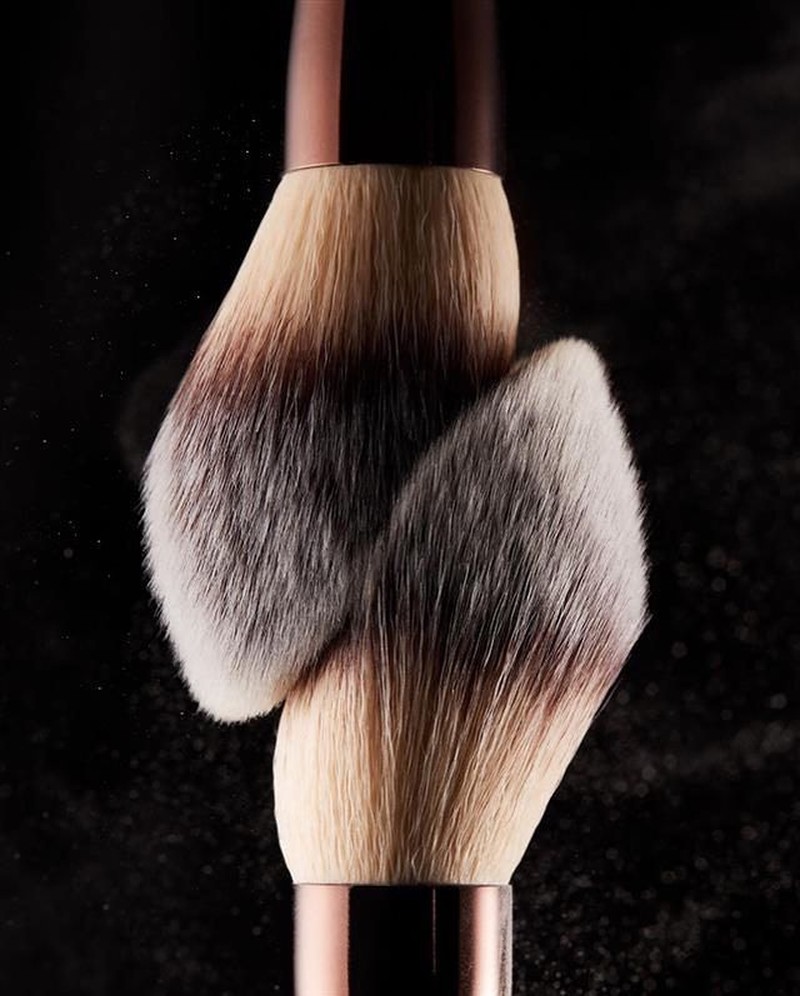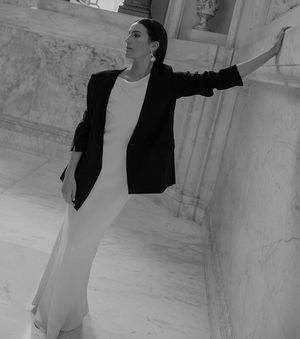
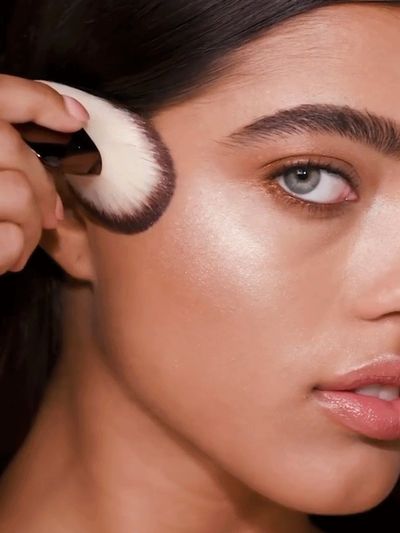
Why You Need A Kabuki Brush & How To Use It
All products on this page have been selected by our editorial team, however we may make commission on some products.
Know What You’re Working With
“Kabukis are typically short-handled brushes with densely packed bristles. They often resemble traditional shaving brushes, but Japanese kabuki brushes also come in flat forms. The brush head can either be rounded, domed or completely flat, which only adds to their versatility. Typically, a rounded brush is best for powders while an angled kabuki helps you contour and allows for more precise application. Dome kabukis are often smaller and work well for applying highlighter, blush and bronzer and flat-topped kabukis are multifunctional – great when you’re in a rush.” – make-up artist Kenneth Soh
“It’s a personal choice, but kabuki brushes work differently to regular, long-handled brushes. Think of them as the Beautyblender of the brush world – using one will offer seamless application every time. I use them to buff in foundation, layer on powder and to sweep on blush and bronzer. A kabuki can also be used as a final finishing step to ensure everything is blended in seamlessly.” – SL beauty contributor & make-up artist Zoë Taylor
They Can Build Even Coverage
“Kabuki brushes were originally designed to apply powder-based products but these days you can use them with other textures, too – they work just as well with creams and liquids.” – Zoë
“If you’re after maximum coverage in minimum time, you can’t do better than a kabuki brush. Since the bristles are so tightly packed, flawless coverage is almost guaranteed. The brush head is bigger too, so it’ll cover a larger surface area at once, which makes it ideal for applying everything from foundation to body make-up. They’re also good for applying body shimmer – I love doing this for the red carpet, especially to cover up bruises and marks.” – Kenneth
Make The Most Of Them
“Kabuki brushes are brilliant for applying any kind of make-up that doesn’t require too much detail. Because the bristles are so dense and firm, you’ll find you need only light pressure to work the product into the skin. Use the tips of the bristles to pick up the product then swirl and buff into the skin. You’ll also find they blend body highlighter particularly well, and I love to use mine with self-tanning products. Use them in sweeping motions if you’re applying powder, or buffing motions when applying creams and liquids.” – Zoë
Don’t Be Afraid To Use Them For Contouring
“You can absolutely contour with a kabuki brush – just bear in mind it’s best to use a domed-shaped brush because that will distribute the product exactly where you want it. Use it like you would a long-handled brush and watch how easily it sculpts and enhances the architecture of your face.” – Zoë
“Use flatter kabukis for contouring and highlighting, and rounder ones for polishing and finishing off your complexion. One thing to remember is the denser your brush, the more it may disturb any make-up that’s already on your skin. So, if you use a kabuki to layer a sheen or shimmer over your base, choose one with slightly longer, not-as-dense bristles. When using a kabuki to contour, take a ‘slicing’ approach, working from the ear towards the centre of the face, then down to the nose.” – Kenneth
Tame Unruly Hairs
“Backstage at fashion shows, I often see hairstylists use kabuki brushes and hairspray to tame fly-aways. It’s easy to do and works well to flatten and smooth everything into place. I own a limited-edition, densely packed kabuki brush from Shu Uemura that’s really good for this. I also use it to go over the face when it’s clean and dry to really polish the skin – I find it invigorates the face and promotes extra luminosity and radiance.” – Kenneth
Clean Them Every Seven Days
“Because kabuki brushes are so dense, you do need to wash them more regularly than other brushes. They are more likely to cling onto product and therefore dirt and bacteria. Try to keep them clean and wash them at least every seven days, otherwise you won’t get the smooth results they’re designed to give you.” – Zoë
Finally, Try Not To Chop & Change
“You can use a single kabuki brush to apply all your different products, but I don’t recommend it. Try not to chop and change too much by using different formulas on the same brush. Traditionally, kabukis are made with natural hairs, which means they’re more suited to powders. Cream can change the nature of the bristles, even after a thorough cleanse, so if you plan on using them with liquids, always invest in synthetic ones.” – Zoë
Follow @KennethSohMakeUp & @ZoeTaylorMakeUp
SHOP OUR KABUKI BRUSH EDIT
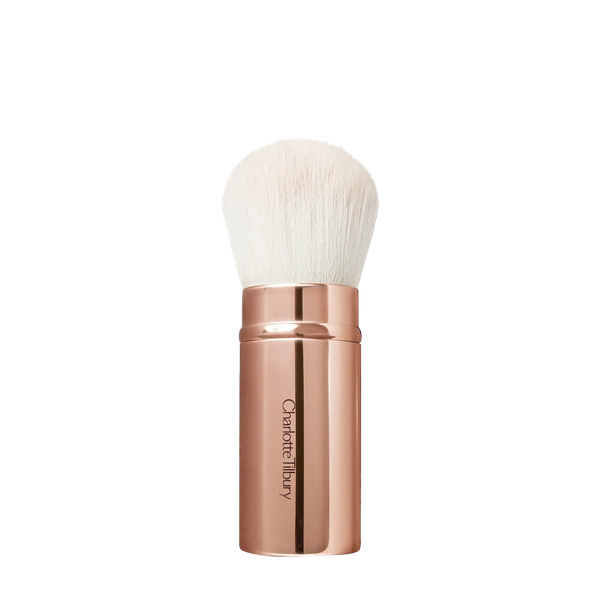
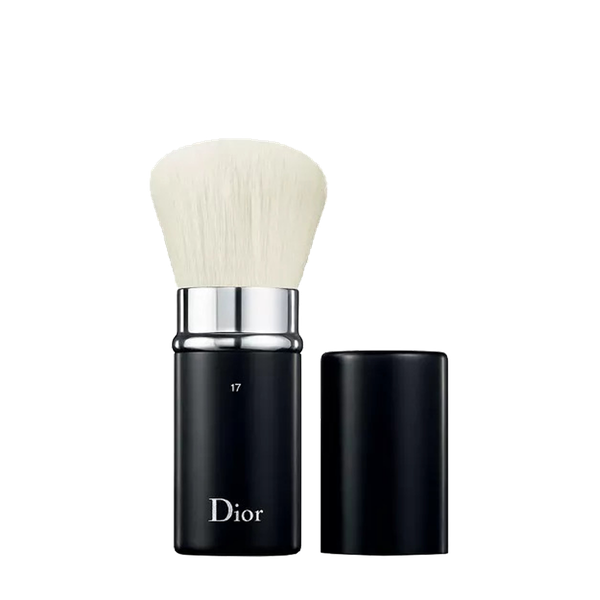
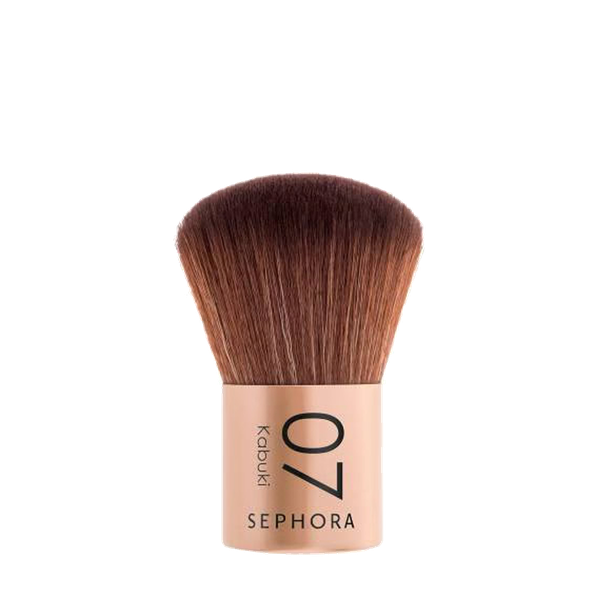
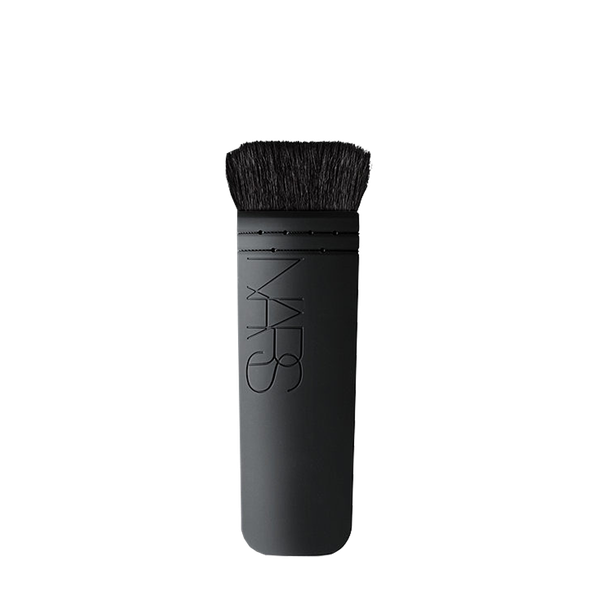
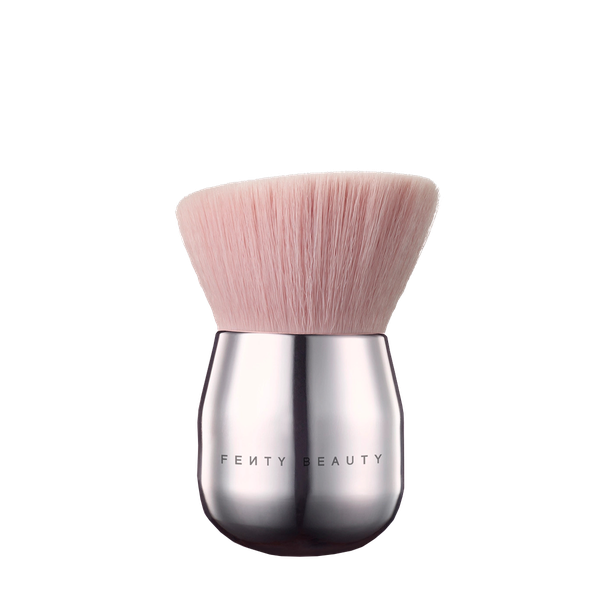
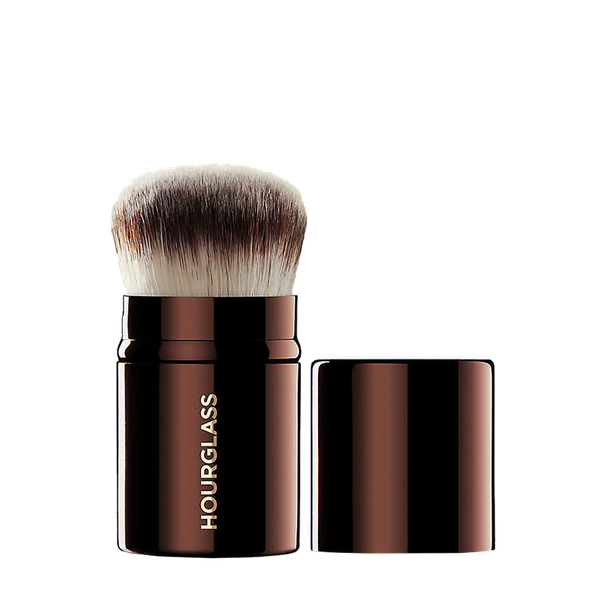
DISCLAIMER: We endeavour to always credit the correct original source of every image we use. If you think a credit may be incorrect, please contact us at [email protected].
